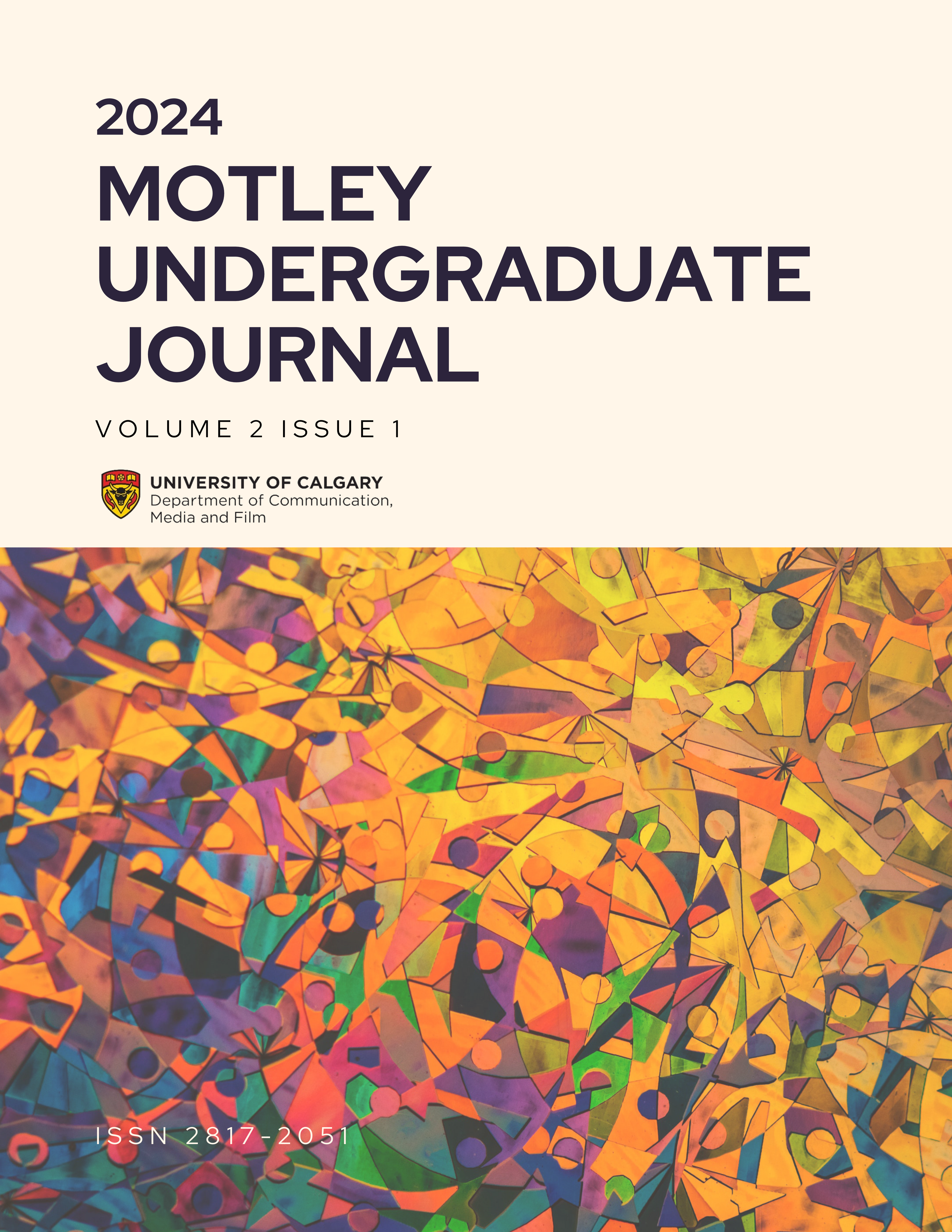Coloring History
A Critical Analysis of Racial Representation in Bridgerton
DOI:
https://doi.org/10.55016/ojs/muj.v2i1.78789Keywords:
representation, politics of signification, race, post-racism, Orientalism, BridgertonAbstract
Since its release, the Netflix show, Bridgerton, has been a hit series among its mass audiences as it harnesses an average of 103,550,000 views per season and currently holds fourth place in Netflix’s most popular English-language series (Tudum, 2024). The show has gained immense popularity not only because of its captivating plotlines but also because of the diverse cast of characters placed within the Regency Era. From this, it is critical to dissect and understand how race is represented within the show to discern the discourses being perpetuated to its viewers. Throughout this essay, I will employ Stuart Hall’s theory of representation and the politics of signification to unpack the racial representation within the Netflix show, Bridgerton, and how it reproduces colour-blind casting, interracial relationships, and dark versus light symbolism to perpetuate post-racial and Orientalist discourses. This analysis explores how colour-blind casting sustains post-racial discourses in the disguise of escapist media, which strips the Other of their lived experience. Moreover, it highlights how the depiction of interracial relationships within the show contributes to both post-racial and Orientalist discourses by placing the Occident over the Orient, and disregarding the prejudice often faced by interracial couples during that period. It further reveals how dark versus light symbolism is embedded throughout the interactions between multiple characters, which elicits the disruption of the white imaginary by Black individuals. As the show progresses and continues to release seasons that reach such large audiences, it is crucial to analyze what discourses surrounding race are being perpetuated and its potential impact on reinforcing stereotypes and misrepresenting marginalized communities.
References
Al-Saidi, A. (2014). Post-colonialism Literature the Concept of self and the other in Coetzee’s Waiting for the Barbarians: An Analytical Approach. Journal of Language Teaching and Research. 5(1), 95.
Campbell, C., (2017). Representation: Stuart Hall and the "Politics of Signification. The Routledge Companion to Media and Race. 11-18
Cho, S. (2009). Post-racialism. Iowa Law Review, 94(5), 1589-1650.
Hanus, S. L. (2023). Interracial romances and colorblindness in Shondaland’s Bridgerton. Media, Culture & Society.
https://doi.org/10.1177/01634437231198440
Ruiz Cantu, D. (2022). Black Occularity, the White Gaze, and Color-Blindness in Shonda Rhimes’ Bridgerton. Political Science Undergraduate Honors Theses, 1-29 https://scholarworks.uark.edu/plscuht/15.
Said, E.W. (1978) Orientalism. Vintage Books, 1-28.
Salsabila, K. (2023). Netflix: Cultural Diversity or Cultural Imperialism? Rubikon Journal of Transnational American Studies, 8(1), 15-27 https://pdfs.semanticscholar.org/11ba/daea597092f45c8aebb1892022beab2196a7.pdf
Sipe, W. J. (2023). Post-racial politics and the mandate to desire: interracial love as liberation in Bridgerton. Critical Studies in Media Communication, 40(5), 334 347. https://doi.org/10.1080/15295036.2023.2251544
Tudum by Netflix. (March, 2024). Top 10 most popular tv shows on netflix of all time (n.d.). Retrieved March 7, 2024, from https://www.netflix.com/tudum/top10/most-popular/tv
Downloads
Published
How to Cite
Issue
Section
License
Copyright (c) 2024 Hannah Adriano

This work is licensed under a Creative Commons Attribution-ShareAlike 4.0 International License.
Copyright Policy
The Motley Undergraduate Journal is an Open Access article distributed under the terms of the Creative Commons Attribution 4.0 Share-Alike License. Under this license, users are free to share (copy, distribute and transmit) and remix (adapt) the contribution, including for commercial purposes, providing that the original work is properly cited. Under Creative Commons, authors retain copyright in their articles.
Author Self Archiving Policy
Authors are permitted to post their work online in institutional/disciplinary repositories or on their own websites. Pre-print versions posted online should include a citation and link to the final published version in The Motley Undergraduate Journal as soon as the issue is available; post-print versions (including the final publisher's PDF) should include a citation and link to the journal's website.

